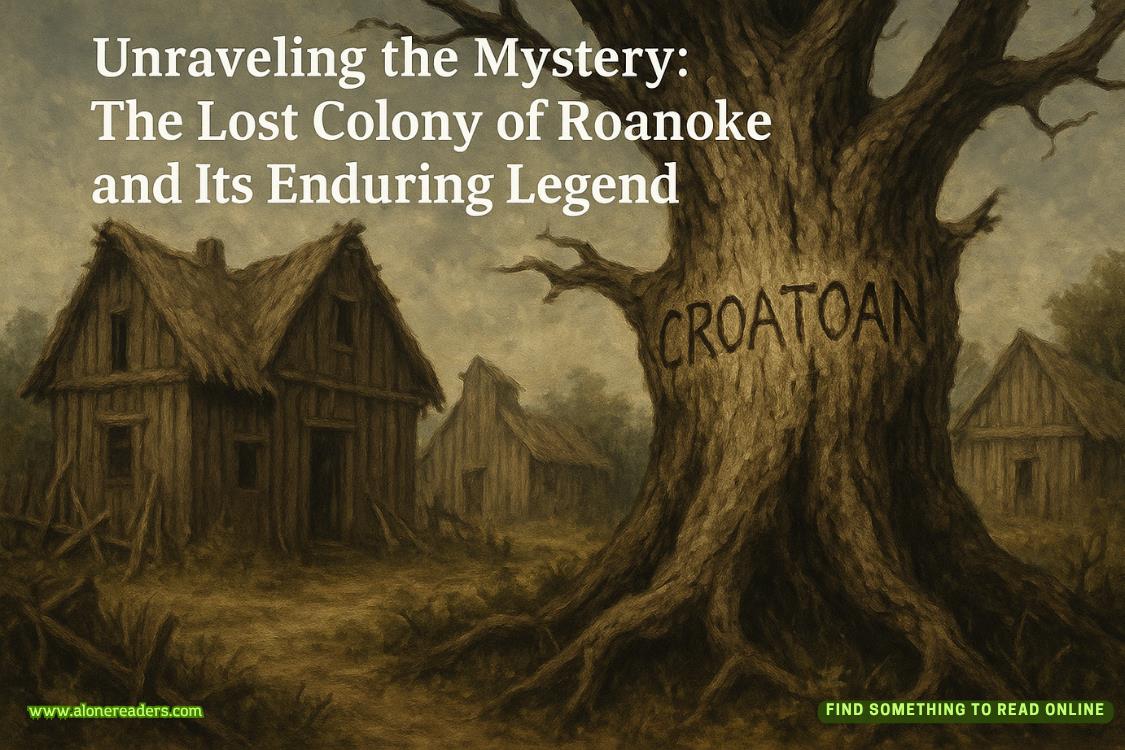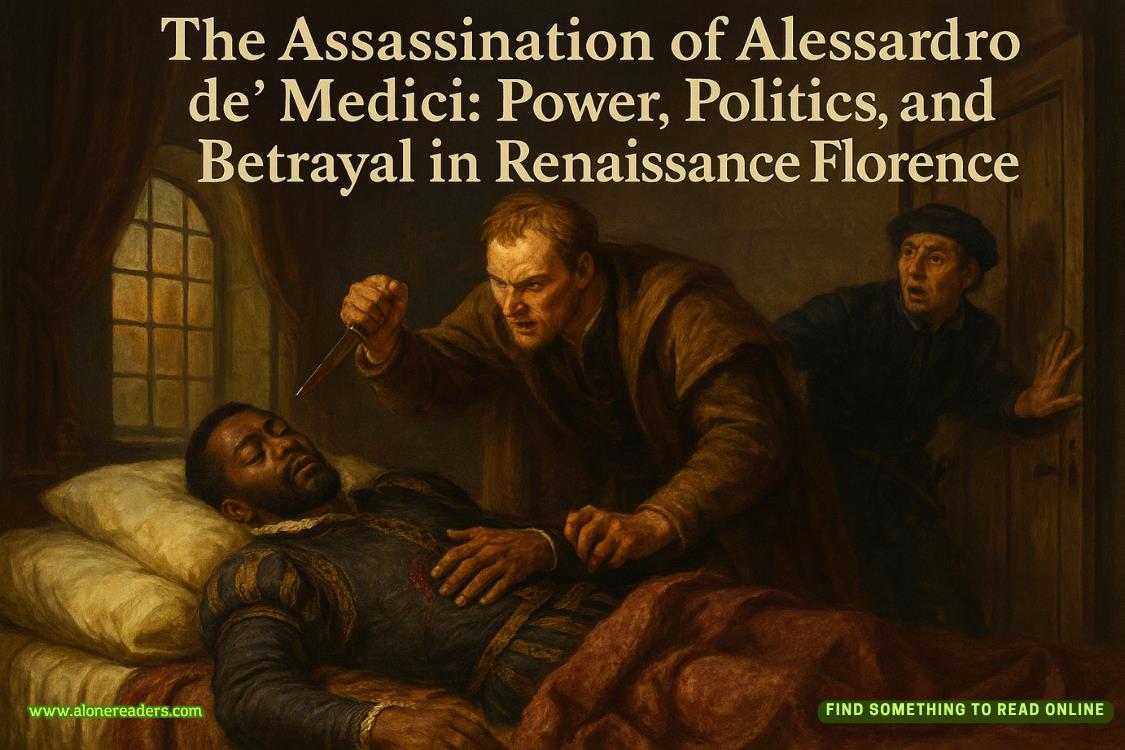Page 45 of Making a Killing
He’s beginning to piss me off, ever so slightly – maybe it’s something about the 1970s footballer haircut. But that doesn’t mean he’s wrong.
‘I can see why those of you new to the case would assume it must have been an unknown predator – I would too, in your position. But we need to factor in the forensic evidence, which strongly implicated Sharon. So if shewasn’tinvolved, that evidence must have been either planted deliberately by someone who knew enough about the family to pull that off, or somehow ended up where we found it by accident.’
Gis is shaking his head. ‘I don’t buy that – that cardigan of Daisy’s, for starters, it hadSharon’sblood on it – how did that get to the railway line “by accident”? Daisy tossed it out of the car as they drove off?’
A couple of grim smiles.
‘So that evidence was concoctedspecificallyto implicate Sharon?’ asks Sargent. ‘Is that what you’re saying, sir?’
I spread my hands. ‘Maybe. We can’t rule it out. Not yet, anyway.’
‘Even so,’ says Quinn, ‘someone who knew the family back then could still be the same perp who’s now killed a woman in Hescombe eight years later. Just saying.’
‘Isn’t there an obvious issue with that?’ says Asante. He looks round, though I note he avoids making eye contact with Quinn. ‘The victimology: he abducted Daisy when she was eight; the current victim is at least in her twenties. No paedophile would be interested in her.’
Ev considers. ‘True, but I suppose the Hescombe victim could have been killed for a completely different reason – she couldhave found out what the perp was doing and threatened to turn him in.’
‘That could explain her,’ says Sargent, ‘but it doesn’t explain Daisy.’
Ev frowns. ‘I’m not with you.’
She flushes slightly. ‘We all know the stats, right? The vast majority of kids taken by this sort of predator are killed within the first three hours. But not Daisy. How come she’s still alive, eight wholeyearslater?’
Quinn shrugs. ‘Maybe it’s two different perpetrators working in tandem. Paedo has his way with her, then hands her on to his mate when she passes her sell-by date.’
Sargent makes a face but says nothing.
Morris turns to Quinn. ‘I agree, sir. And it would have been a lot easier to pull off that original abduction if there’d been two of them.’
‘I still think a single perpetrator is far more likely,’ says Asante coolly. ‘And as DCI Fawley says, almost certainly someone she already knew. As for why she might still be with him, maybe we’re looking at some sort of Stockholm Syndrome – victim turned collaborator.’
‘Oh God,’ says Sargent, ‘please don’t tell me she’s part of this.’
Likely? No. But feasible, yes. Look at Myra Hindley, only eighteen when she met Ian Brady; Rose West was even younger, just fifteen. But this is different. The day she went missing, Daisy Mason was only eight – barely two years older than Lily is now.
But now I’m remembering the Daisy I came to know, even if only at second-hand. The first time I saw her it was on the scuffed screen of her brother’s mobile phone, dancing for the camera in the daisy costume her mother bought for the party. Dancing, not in that free, unselfconscious way kids have that gets bred out of us by the time we hit our teens, but with control. With purpose. She knew how to play to an audience, she knew the effect she wanted to have.
Remembering, too, all those school-gate parents we spoke to who said what they knew they were supposed to – that she was beautiful and bright and so mature for her age – but later, when pressed, said she couldn’t be trusted, that she was always ‘making things up’. And her friends, even her closest friends, who said she was clever and funny and made them laugh because she was so good at impersonating other people, even getting their accents right. But later, when it all got closer to home, we found out how she’d turned that talent against them in the cruellest and most calculated way. Listened in secret and stored away what she heard to use against them later, even Portia Dawson, her one-time best friend, who she’d made so miserable the girl stuck pins in a Daisy doll and wanted her dead.
So we need to remember who we’re dealing with. Daisy did things you’d never believe of a typical eight-year-old. Bad things. Eight years on, could she be capable of collaborating in a murder? I hope not, I really do. But maybe.
Maybe.
And we need to remember what else they found.
‘You should also be aware that a silver stud earring was found in the loose soil covering the body – a small stud without a back. There’s no DNA and for all we know it could have been lost by some random dog walker months ago. We can’t exclude that, but we can’t exclude Daisy either.’
‘What about the perp?’ says Ev. ‘If it’s just a stud it could be a man’s as much as a woman’s. And it could easily have fallen out when the grave was being dug.’
I nod. ‘Yes, that’s a possibility too.’
I gesture to Gow. ‘You’ve been listening to all this, Bryan, what’s your take?’
Then I remember – some of them won’t know him – and I turn back to the room. ‘Sorry, I should have said. This is Bryan Gow, the forensic psychologist who worked with us on the original investigation. We’re lucky he happened to be at homein Oxford today and could join us at short notice, given all his other commitments.’
Though if you ask me, he’d have moved heaven and earth to be here whatever his diary said: this has ‘Potential TV Special’ written all over it.
There’s a definite uptick in interest now – even if they haven’t worked with him, some of them definitely recognize him. He sits back a little, waiting for their full attention, then clears his throat.















